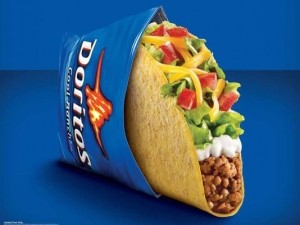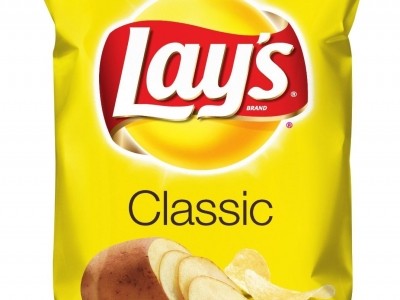SNACKING ON IDEAS WITH SALLY LYONS WYATT: PART II
IRI on snacks 2014: ‘Consider this your transition year’

Sally Lyons Wyatt, executive and practice leader at IRI, described 2013 as a “competitive shark tank” for US snack makers, as volume sales declined and diversified competition.
But, she told BakeryandSnacks.com that if manufacturers played their cards right, 2014 could be a hugely successful year.
“The snacking territory in the universe right now is probably some of the most exciting that we’ve seen given all the opportunities.”
But, “consider this your transition year”, she warned. “Where we previously looked at core snacks and expanded snacks, I think the expanded is just going to be a part of what we look at from now on.”
Core snacks included traditional potato chips, tortillas, nuts and cheese, and expanded snacks covered products like cottage cheese, breakfast drinks, smoothies and even hard-boiled eggs that were being consumed as snacks by Americans.
Wyatt said the snack industry had to accept that competition was all around them but that it was okay.
“That competition will help drive innovation, keeping snacks fresh (no pun intended), and I think it will keep snacking healthy.”
Be inspired to expand and seize the day-part

Snack makers should be inspired to expand, she said, whether that was moving online or shifting into quick-serve like PepsiCo had with its Doritos-Taco Bell tie-up.
Manufacturers should look to make their products available beyond traditional retail stores, she said.
She added that there were also huge opportunities when day-parts were looked at closely, for example morning and mid-morning snacking, particularly as 2013 trends indicated that was big potential for morning snacking in place of traditional breakfasts.
“This will be the trigger year to find out whether breakfast snacking is a fad or a real trend, but my hunch is that it will stay. Because unless the US slows down and people aren’t quite as busy, this will be a trend where there will be more snacking options that are eaten in the early morning and morning, while sitting in front of a computer or getting ready, in place of a traditional sit-down meal,” she said.
Innovate cleverly and build a brand experience
Wyatt said snack firms needed to be clever with innovation. “There’s such a diverse group in the US and you can serve many different lifestyles, life stages, ethnicity, health attitudes – you’ve just got to figure out who you want to go after, what their needs are and then try and innovate against that.”
This, she said, was the opposite of traditional new product development, whereby a product was made (often using extra ingredients) and then pushed to consumers.

“If you start with the consumer first, then ideas should flow fine,” she said.
This brand experience could be created with physical formats – perhaps mix-in snack flavors – but it could also be on digital, social or mobile, she said, in the form of an app. “Once you get the consumer engaged, they’re going to come back.” Wyatt said manufacturers should also work to build a brand experience – something that society was used to, from create-your-own coffee concepts in Starbucks to creating your own drink with SodaStream.
Getting interest at all stages of the purchase path
When it came to garnering interest in new products or brands, Wyatt said the entire path-to-purchase should be considered but warned this had changed dramatically over the past few years.
“There have been a lot of changes, particularly with the influence of digital and social which has dramatically changed how consumers shop.”
'I think consumers will get smarter, and they’ll streamline and find their favorite way to do it, but they’ll still use multiple inputs before they get to store'
Whereas consumers used to create a shopping list and use coupons and newspapers to direct them to where the best prices were, she said that now there were a number of early influencers ahead of that list - perhaps a friend’s blog recommendation, a recipe website or a push notification from a retailer.
“With all the digital, social and mobile consumers are looking at; they’re going to start knowing what their needs are… You’ve got so many influences so it is dramatically different and I guarantee that’s not going to change. I think consumers will get smarter, and they’ll streamline and find their favorite way to do it, but they’ll still use multiple inputs before they get to store.”
Don’t forget packaging, though – it’s your last billboard
While it was important to focus on the pre-shop, something Frito-Lay’s marketing executive had previously drawn attention to, Wyatt said it was critically important not to forget packaging and presentation in store, because purchase decisions could still be changed.
“You want to do what you can to get your product, even your brand, on that list before the consumer arrives in store because your chances of being purchased are much greater. But is the decision 100% done? No. You still have the opportunity to influence or even change their mind.”
Consumer research from IRI indicated that in-store influences like display, merchandising, price and trust played a huge role in purchase decisions.







